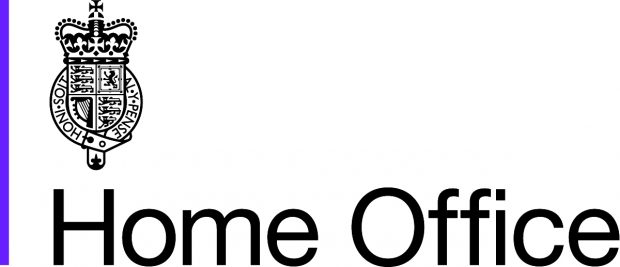Border checks:
- Border Force searches lorries and containers entering the UK on a targeted basis. This includes using carbon dioxide detectors and motion sensors as well as sniffer dogs to detect clandestine on-board lorries and experienced Border Force staff identifying containers to be searched at port.
- Hauliers travelling to the UK are expected to operate effective security measures to prevent illegal migrants entering their vehicles. We fine drivers and operators who have failed to implement such measures and migrants have been discovered in their vehicles.
- Border Force work closely with the Road Hauliers Association to prevent opportunist attacks on individual lorries, which can be frustrated by operators taking relatively simple measures to secure their vehicles.
Border technology:
- Border Force uses a range of technology to assist with their searches, including carbon dioxide detectors and motion sensors as well as sniffer dogs to detect clandestine on-board lorries.
- Border Force is determined to secure the border, protect individuals and promote national prosperity.
- We are continually looking to improve our capability to respond to changing threats, to detect, deter and disrupt harm.
Border Force resources:
- Border Force will always ensure it has the resources it needs to keep our borders secure and deploys its resources flexibly.
- Border Force is currently recruiting up to 1,000 new staff to help maintain security and support flows at the border.
- This follows the recruitment of around 900 officers in 2018/19.
Law Enforcement collaboration:
- Border Force works with law enforcement partners in the UK – including the NCA - and abroad to monitor intelligence and issues facing ports, tackle people smuggling and illegal migration.
- Through this joint approach we monitor intelligence and issues facing ports to adapt resources as necessary.
- Border Force search lorries, trailers and containers entering the UK on a targeted basis and intelligence-led basis using a range of detection techniques.
International collaboration:
- UK authorities work closely with European authorities, including partners in France, Belgium and Holland, to target the organised crime networks behind people trafficking and illegal migration.
Juxtaposed controls:
- The UK operates border controls in France and Belgium. They allow Border Force officers to operate immigration controls and check passengers destined for the UK before they begin their journey. In Coquelles Border Force are also able to check for and prevent any contraband goods entering the UK.
- These ‘juxtaposed controls’ are in place at Calais and Dunkirk ports, at the Eurotunnel terminal at Coquelles and in Paris Gare du Nord, Lille, Calais-Frethun and Brussels Midi stations for Eurostar passengers.
- The arrangement is reciprocal, with French officers completing Schengen entry checks in the UK at London St Pancras, Ashford International and Ebbsfleet. These arrangements are underpinned by bilateral and trilateral treaties.
- Juxtaposed controls were introduced in 2002 to reduce the number of illegal migrants arriving from Northern France. They also help to facilitate the flow of millions of passengers and billions of pounds worth of legitimate trade that pass through our juxtaposed border controls each year.
